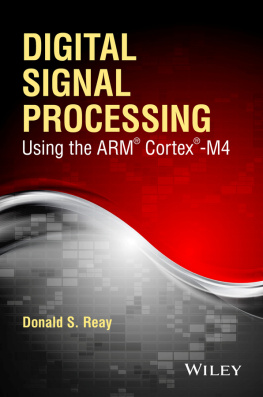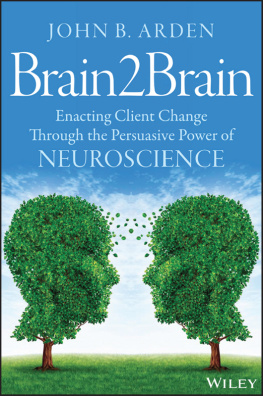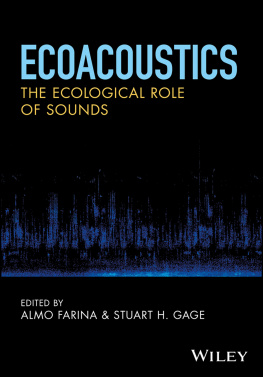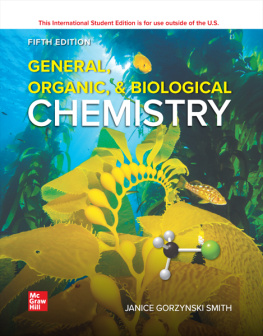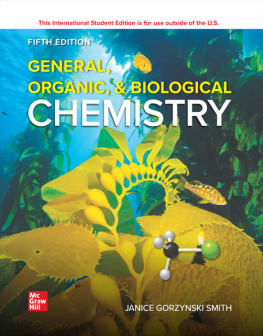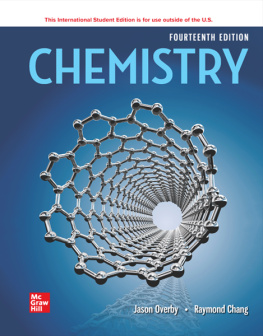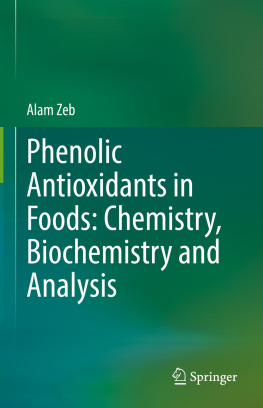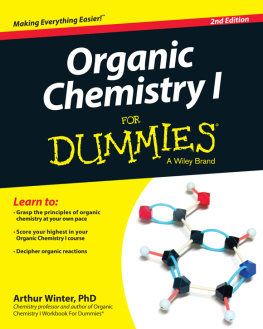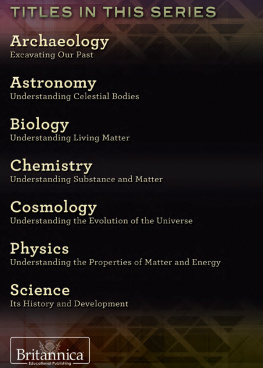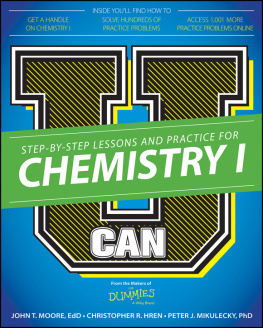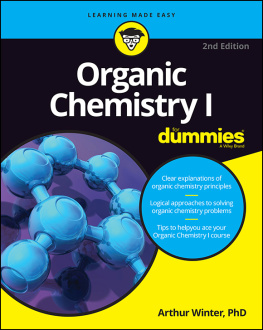
This edition first published 2017
2017 John Wiley & Sons, Inc.
All rights reserved. No part of this publication may be reproduced, stored in a retrieval system, or transmitted, in any form or by any means, electronic, mechanical, photocopying, recording or otherwise, except as permitted by law. Advice on how to obtain permission to reuse material from this title is available at http://www.wiley.com/go/permissions.
The right of Steven Farmer to be identified as the author of this work has been asserted in accordance with law.
Registered Office
John Wiley & Sons, Inc., 111 River Street, Hoboken, NJ 07030, USA
Editorial Office
111 River Street, Hoboken, NJ 07030, USA
For details of our global editorial offices, customer services, and more information about Wiley products visit us at www.wiley.com.
Wiley also publishes its books in a variety of electronic formats and by print-on-demand. Some content that appears in standard print versions of this book may not be available in other formats.
Limit of Liability/Disclaimer of Warranty
In view of ongoing research, equipment modifications, changes in governmental regulations, and the constant flow of information relating to the use of experimental reagents, equipment, and devices, the reader is urged to review and evaluate the information provided in the package insert or instructions for each chemical, piece of equipment, reagent, or device for, among other things, any changes in the instructions or indication of usage and for added warnings and precautions. While the publisher and authors have used their best efforts in preparing this work, they make no representations or warranties with respect to the accuracy or completeness of the contents of this work and specifically disclaim all warranties, including without limitation any implied warranties of merchantability or fitness for a particular purpose. No warranty may be created or extended by sales representatives, written sales materials or promotional statements for this work. The fact that an organization, website, or product is referred to in this work as a citation and/or potential source of further information does not mean that the publisher and authors endorse the information or services the organization, website, or product may provide or recommendations it may make. This work is sold with the understanding that the publisher is not engaged in rendering professional services. The advice and strategies contained herein may not be suitable for your situation. You should consult with a specialist where appropriate. Further, readers should be aware that websites listed in this work may have changed or disappeared between when this work was written and when it is read. Neither the publisher nor authors shall be liable for any loss of profit or any other commercial damages, including but not limited to special, incidental, consequential, or other damages.
Library of Congress Cataloging-in-Publication Data
Names: Farmer, Steven C., author.
Title: Strange chemistry : the stories your chemistry teacher wouldn't tell you / by Steven Farmer.
Description: Hoboken, NJ : John Wiley & Sons, 2017. | Includes bibliographical references and index.
Identifiers: LCCN 2017016092 (print) | LCCN 2017026188 (ebook) | ISBN 9781119265290 (pdf) | ISBN 9781119265283 (epub) | ISBN 9781119265269 (pbk.)
Subjects: LCSH: Chemistry-Popular works.
Classification: LCC QD37 (ebook) | LCC QD37 .F37 2017 (print) | DDC 540-dc23 LC record available at https://lccn.loc.gov/2017016092
Paperback ISBN: 9781119265269
Cover image: Courtesy of the author; (Background) P Wei/iStockphoto
Cover design by Wiley
Dedication
I would like to dedicate this book to my parents James and Margaret.
Throughout my whole life whenever I looked, you were there; ready to give me love and support, guidance and security, and praise and encouragement. You filled me with your dreams and showed me what it takes to succeed in life. Without you both none of the things I have accomplished would have been possible. I am truly blessed to have such incredible parents, and I love you both.
Preface
Growing up in Northern California was much more curious than one might think. Napa, being part of Northern California, was affected by the LSD (lysergic acid diethylamine) counterculture centered in Berkeley and San Francisco. LSD was everywhere and I recall multiple instances in high school where a classmate would admit to attending class under the influence of LSD and try to describe the effects. This seems very rebellious, but in one of the most tragic events of my life, a high school friend jumped in front of a car on the highway after ingesting LSD. He was killed instantly. This event had such a profound effect on me that it eventually drove me toward a career in chemistry I needed to understand what had happened to my friend. How could the ingestion of a molecule cause such profound effects? Is awareness really just a fragile chemical process that can be so easily tricked?
After the mass closures of the 1980s, Napa State Hospital was one of the few remaining state run mental hospitals in California. If you have seen the movie One Flew Over the Cuckoo's Nest, it was filmed at Napa State Hospital. As a child, I would often wonder about the causes of mental illness. I was told that mental illness was the result of a chemical imbalance in the brain, but what did that really mean? Could a slight change in a chemical really change our perception of the world?
Similar to many scientists before me, my career in chemistry was driven by a quest to better understand some of the questions that haunted my childhood. Surely, obtaining a degree in chemistry would allow me to understand how hallucinogens work, or what causes mental illnesses. Unfortunately, I was wrong. Chemistry courses seemed to steer clear of any topic of an edgy, dangerous, or unusual nature. In fact, initially learning about these fascinating topics required a course outside the chemistry department. Eventually, a graduate elective course from a psychology department, called Psychopharmacology, explained the chemical basis for the effect of hallucinogens and the causes of mental illness (I share what I learned in this book).
Later, when I became a chemistry instructor, I made it a point to share these and other stories. It was delightful to find that almost everyone found these topics just as interesting as I did. As I collected new stories, I realized how much of this material was never discussed as part of the numerous chemistry courses required for my Ph.D. Roughly 90% of these stories contained in this book were learned after I graduated. This is where the subtitle of this book, The stories your chemistry teacher wouldn't tell you comes from. It seems that there is an overwhelming push to teach the fundamentals of chemistry while neglecting to show the utility of learning the material by connecting it to the real world. Particularly for organic chemistry, there seems to be an aversion of some of these topics, which I feel is because chemists do not want their science associated with anything that poisons you, blows you up, or gets you high. However, these are the topics that many people find exciting (as can be seen by looking at the plot of almost any action movie). Ask a nonchemist where chemicals appear in everyday life and inevitably the answer involves pharmaceuticals, toxins, or illicit drugs.
To share these stories with my students, I usually would take about 510 minutes each week to present one of the stories described in this book. For those of you who are teachers or who plan to be, I can say that these stories have been the largest source of positive feedback I have received from my students. Although there is an enormous amount of material that needs to be covered in a typical chemistry course, I say make the time for these extras. It is that important! On multiple occasions, students admitted to me that they only came to class that day so that they could hear the story. Many times, students would speak to me after the lecture to share how that day's story had touched them in some way. One student had been to the emergency room for an acetaminophen overdose, another had a stepfather who was addicted to opioids, and yet another was prescribed amphetamine to treat their attention deficit hyperactivity disorder (ADHD).
Next page



